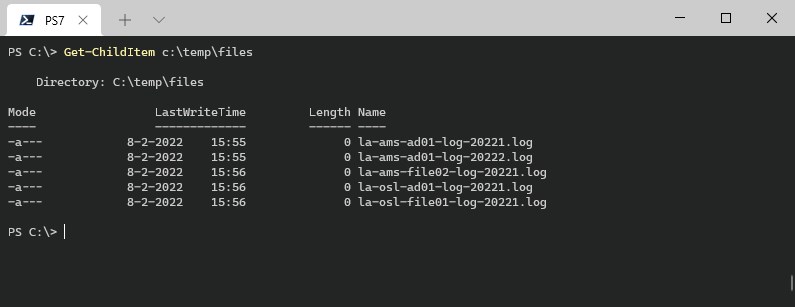

He is touched by the dedication, fearlessness and faith of the Chinese soldiers under such difficult circumstances.Ĭhen, known for his Palme d’Or award-winning feature “Farewell My Concubine,” said the film was a challenge to all the crew to depict the courage and touching stories of the People’s Volunteer Army of China. Yu revealed it took them five years to revise and polish the script and two years to prepare for shooting the movie, while up to 70,000 extras were used in the war scenes.Īctor Wu Jing, known for his box-office success with “Wolf Warriors” plays a company commander in the film. Yu Dong, chairman of Bona Film Group and the film’s producer, says the movie is a tribute to the hundreds of thousands of Chinese soldiers who died in the Korean War. Finally, Chinese soldiers managed to force the American corps to evacuate, which laid the foundation for the armistice negotiations. The Chinese company used a successful strategy to split the US troops under sieges. The fight between the United States and China, which took place from November 27 to December 24 in 1950, is regarded as one of the fiercest battles of the Korean War and a turning point, which eventually led to a favorable outcome.īoth China and the US sent their elite troops into battle. The plot is centered on how Chinese soldiers won the battle at Lake Changjin (also known as battle of Chosin Reservoir) in extreme weather conditions.

You can find more topics about PowerShell Active Directory commands and PowerShell basics on the ShellGeek home page.From left: Chen Kaige, Hark Tsui and Dante Lam I hope the above article on how to replace special characters in PowerShell using the replace() method and PowerShell replace operator is helpful to you. The output of the above PowerShell script after using the replace operator with an escape character to replace special characters is: PS C:\> $string = "Hello? System Administrators." # Use the escape character \ to replace special characters $string = "Hello? System Administrators." To replace a special character using the replace operator, refer to the following code.

Let’s consider the above string $string that contains the special characters in it. ) and question mark ( ?) are the special characters, hence to replace special characters in a string, use the escape character ‘\’ PowerShell replace operator uses the Regular expression pattern matching. PowerShell replace special characters Replace Special Characters in a String using replace operator


 0 kommentar(er)
0 kommentar(er)
